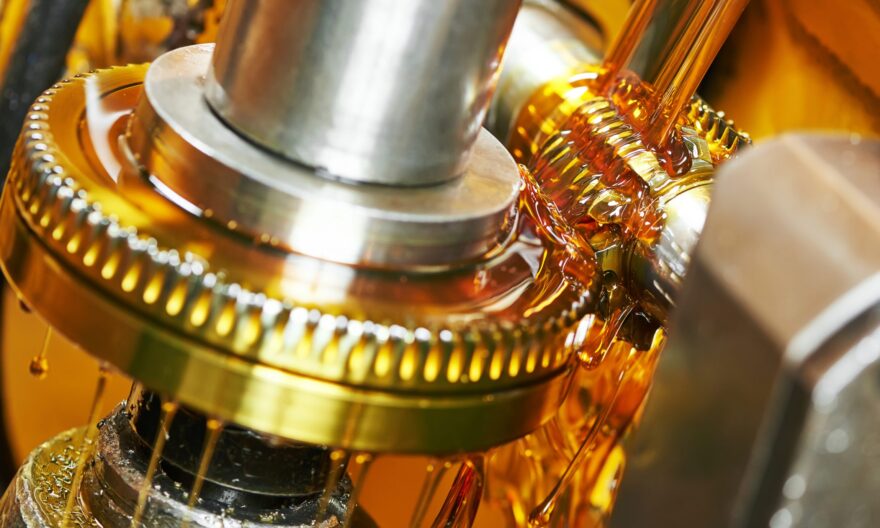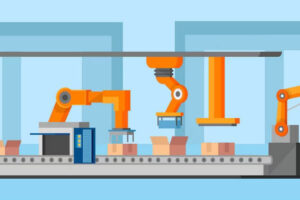
Every moving part in a machine faces resistance. Whether it’s a rotating shaft or a sliding surface, that resistance causes wear. Over time, this wear slows performance and shortens lifespan. To fight this, engineers rely on industrial lubrication—a method of reducing friction, easing movement, and preventing breakdowns. But not all systems use grease or oil. Some bearings use materials that reduce friction by themselves. This is where tribology steps in.
Tribology is the science that studies friction, wear, and lubrication. In this guide, we’ll explore how it helps shape self-lubricated bearings, the materials involved, and how industries benefit from this quiet yet powerful solution.
What Is Tribology?
Tribology comes from the Greek word tribos, meaning “rubbing.” It deals with how surfaces move against one another and how to manage the results—friction, wear, and energy loss.
The study of tribology helps engineers:
- Understand surface behaviour
- Choose materials that last longer
- Create systems that run smoothly without external help
It applies in all areas—vehicles, conveyor belts, turbines, and even artificial joints.
Role of Friction, Wear, and Lubrication
Let’s look at the three building blocks of tribology.
1. Friction
- Friction happens when two surfaces touch and try to move. Some friction is useful, for grip or braking. But in machinery, too much causes energy loss and heat. Bearings help reduce this by creating a smoother path.
2. Wear
- Wear is the removal of material due to contact. Over time, this makes parts loose or weak. Tribology helps predict and control wear, which reduces failure and repair.
3. Lubrication
- Lubrication places a layer—liquid, solid, or gas—between moving parts. This layer stops surfaces from touching directly. Industrial lubrication often uses oils or greases, but self-lubricating materials build the layer into the part itself.
What Makes a Bearing Self-Lubricating?
Traditional bearings need regular oiling. But self-lubricated bearings include special fillers or surface structures that release lubrication over time.
These bearings reduce the need for:
- Manual greasing
- Downtime for maintenance
- Environmental mess from leaks
Their surfaces may contain:
- Embedded graphite
- PTFE (a smooth plastic)
- Porous metals that store oil
When used, these materials release lubricant slowly. They do this without pumps, pipes, or human help.
Materials Used in Self-Lubricated Bearings
The success of self-lubricated bearings depends on the material. Engineers choose materials that resist heat, hold their shape, and reduce friction.
Common Materials:
| Material Type | Features | Typical Uses |
| Sintered Bronze | Porous, holds oil inside | Motors, small machines |
| PTFE Composites | Low friction, no oil needed | Food equipment, medical devices |
| Graphite-Based Alloys | Strong at high heat, lubricates as it wears | Steel plants, kilns |
| Plastic Polymers | Silent, lightweight | Office equipment, light machinery |
Each material brings its own set of strengths. Engineers select based on speed, load, and temperature.
Industrial Applications and Advantages
Self-lubricated bearings show up in many sectors. Their main benefits are fewer failures, less mess, and lower maintenance.
Where They Work Best:
- Factories – Run 24/7 with no time for grease checks
- Mining Sites – Where dust clogs oil-based systems
- Food Plants – Where grease risks contamination
- Automotive – Where clean, sealed bearings help avoid dirt
These industries choose them because:
- They cut down on downtime
- They suit sealed or hard-to-reach spots
- They reduce the need for oil-based systems
- They operate well under extreme conditions where regular maintenance isn’t practical
Comparison of Traditional vs Self-Lubricating Bearings
To see how these bearings differ, let’s break down a side-by-side view.
| Feature | Traditional Bearing | Self-Lubricating Bearing |
| Lubrication Source | External oil or grease | Built-in solid or porous material |
| Maintenance Needs | Frequent | Minimal |
| Environmental Risk | Oil leaks possible | Clean, no mess |
| Cost Over Time | Higher (due to upkeep) | Lower (due to fewer breakdowns) |
| Common Failures | Dry running, clogged lube lines | Rare, usually at extreme loads |
The self-lubricating type fits long-term use where parts must run quietly and cleanly, often without human contact for months or years.
The Future of Industrial Lubrication and Tribology
As machines become smarter, cleaner, and more compact, the future of industrial lubrication and tribology focuses on materials that think for themselves.
Key Trends:
- Smart Coatings – Surfaces that adjust to pressure or heat
- Eco Materials – Bio-based bearings with built-in lubrication
- 3D Printed Parts – Custom shapes that hold and deliver lubricant
- Sensors in Bearings – Alert systems when wear or friction rises
Engineers and scientists now work together to create materials that solve problems before they start. Tribology will guide this process as more industries demand performance without constant human input.
Tips for Selecting the Right Material
Choosing the best self-lubricating material takes more than picking what’s strongest. Consider the job, space, and environment. Make sure to account for variables like:
- Heat level the bearing will face
- Whether food or pharmaceutical safety applies
- Movement type—whether sliding, spinning, or pivoting
- Chemical exposure that could weaken the material
- Vibration and alignment issues in fast-moving systems
Talking with engineers or materials experts helps match the right type with the right need. It’s also wise to test materials before full-scale use, especially in sensitive applications.
Conclusion
In the world of machines, smooth motion matters. Friction and wear never stop, but tribology helps us understand and control them. Self-lubricating bearings now offer strong, smart ways to reduce downtime and run cleanly, even in tough places.
As industries shift toward clean, quiet, and efficient systems, industrial lubrication must evolve too. No longer just oil and grease, it now includes solid materials that carry their solution inside.
The science behind these changes—tribology—will shape the future of machines in every field. With careful material choice and strong design, engineers can build systems that move with less waste, less care, and more trust.




